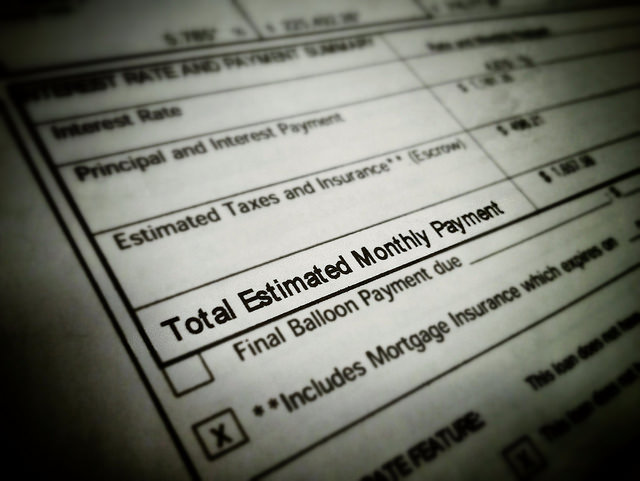Home buyers have regained some of their purchasing power in recent weeks. Mortgage rates have fallen from the peak they hit last October and buyers are now getting more house for their money. That’s welcome news after last year, when the average square footage a buyer could afford with a $3,000 monthly mortgage payment fell 140 square feet from the year before. So how much more for their money are buyers getting now that rates have moderated somewhat? Well, according to one recent analysis of cities across the country, how much more buyers get for their money depends on where they’re looking to buy. The increase in square footage a buyer can afford with a $3,000 monthly payment ranges from around 100 additional square feet in New York City to 365 square feet in Salt Lake City, with cities in the South and Midwest seeing bigger gains on average than more expensive cities in the West and Northeast. (source)












